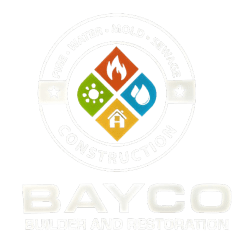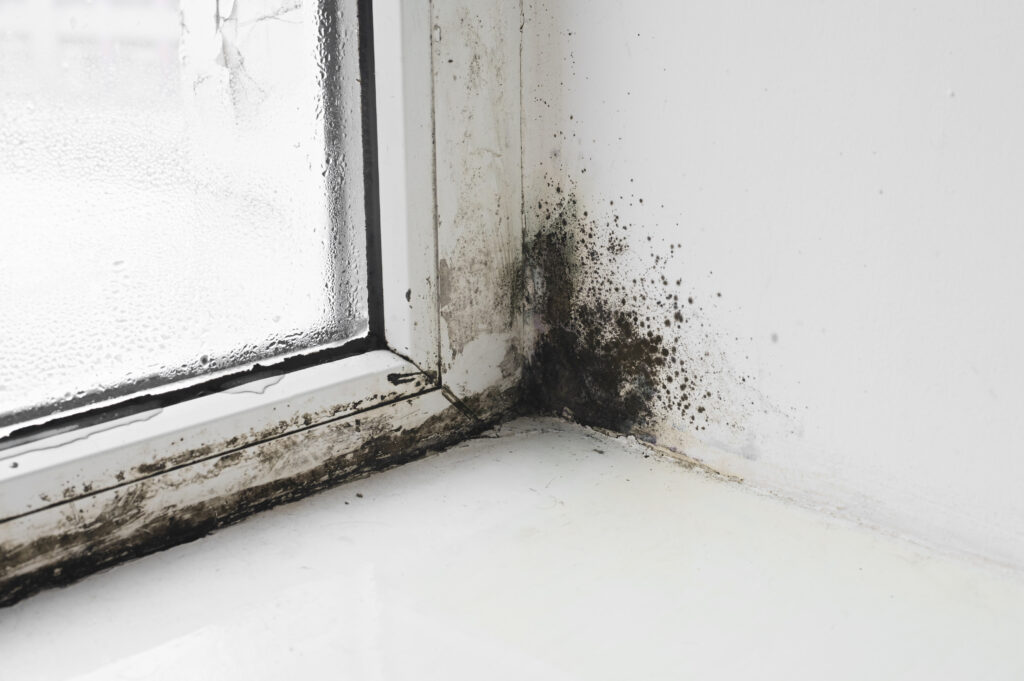A home remodel can completely transform the way you live — adding comfort, functionality, and long-term value to your property. Whether you’re upgrading your kitchen, refreshing your bathroom, finishing your basement, or tackling a whole-home renovation, success begins with a well-structured plan. Home remodeling is one of the most rewarding investments homeowners can make, but it also requires careful coordination between design, budgeting, materials, and construction.
Having a clear checklist ensures your remodeling project runs smoothly, stays on budget, and meets all building code requirements. From setting realistic goals to managing contractors and final inspections, this comprehensive step-by-step home remodeling checklist will help you plan every detail like a pro — and achieve results that enhance both your lifestyle and your home’s resale potential.
1. Define Your Remodeling Goals
Before hiring contractors or choosing materials, start by defining your main objectives. In Palo Alto, CA, homeowners often consult trusted experts like Bayco Builders & Restoration to help clarify remodeling goals, set priorities, and align design plans with realistic budgets. Are you remodeling to increase home value, improve energy efficiency, or enhance aesthetic appeal? Knowing your priorities will help guide every decision along the way.
For example, a kitchen remodel might focus on new cabinetry and appliances, while a bathroom renovation could emphasize water-saving fixtures or accessibility upgrades. The clearer your goals, the easier it will be to communicate them to designers, builders, and suppliers.

2. Set a Realistic Budget
Budgeting is one of the most critical steps in any home remodeling project. The average cost of a full home remodel in 2025 ranges between $50,000 and $120,000, depending on square footage, materials, and labor rates.
To plan effectively:
- Allocate funds for each area of the project (kitchen, bathroom, flooring, lighting, etc.).
- Set aside a 10–15% contingency fund for unexpected costs.
- Compare quotes from multiple remodeling contractors for better value.
Balancing affordability with quality ensures your remodel delivers lasting results without compromising craftsmanship or safety standards.
3. Get the Necessary Permits and Inspections
Before construction begins, obtain the required building permits and schedule inspections through your local building department. Permits ensure your project meets structural, electrical, and plumbing codes, protecting your investment and guaranteeing safety compliance.
Common remodels that typically require permits include:
- Room additions or wall removal
- Electrical rewiring and HVAC changes
- Plumbing or drainage modifications
- Structural framing or foundation work
Skipping permits can cause costly fines or delays in future home sales, so take this step seriously in every home remodeling checklist.
4. Plan the Design and Layout
Next, work on your design vision. This is where creativity meets practicality. Consult with an architect or designer to develop a functional layout that complements your lifestyle.
Key design considerations include:
- Lighting: Combine natural and artificial lighting for comfort and aesthetics.
- Storage: Integrate built-in shelving or hidden storage areas.
- Flow: Ensure open, accessible movement between rooms.
Choose durable, low-maintenance materials that match your design theme while improving home efficiency and comfort.
5. Hire Trusted Remodeling Professionals
Selecting qualified professionals is essential for maintaining quality and safety. Look for licensed, insured, and experienced home remodeling contractors who can handle every aspect of your project from demolition to finishing touches.
Ask for references, check reviews, and verify insurance coverage before signing any contracts. A transparent agreement should include project timelines, material lists, labor costs, and payment schedules.
For large-scale remodels, hiring a project manager or construction consultant can help coordinate multiple trades and keep your project on schedule.
6. Prepare Your Home for Construction
Before construction starts, clear out rooms, store furniture, and protect valuables. Remodeling can create dust and noise, so setting up temporary living arrangements may be necessary.
Discuss logistics with your contractor, including:
- Construction access points
- Waste disposal and cleanup plans
- Work hours and safety protocols
Good preparation ensures a smooth workflow and helps you stay comfortable while your home transforms.
7. Focus on Energy Efficiency and Sustainability
Modern homeowners are prioritizing eco-friendly remodeling to reduce energy consumption and utility costs. Incorporate energy-efficient solutions such as:
- LED lighting systems
- ENERGY STAR-rated appliances
- Low-flow plumbing fixtures
- Proper insulation and air sealing
These upgrades not only lower monthly expenses but also make your home more attractive to future buyers seeking sustainable living options.
8. Track Progress and Stay Involved
Regular communication with your remodeling team keeps your project on track. Schedule site visits to monitor progress and ensure that work aligns with your expectations and design plans.
Maintain documentation of all invoices, change orders, and material warranties. Tracking progress builds trust, ensures accountability, and prevents misunderstandings.
9. Inspect and Finalize
Once construction is complete, perform a final walkthrough inspection with your contractor. Check that all fixtures, finishes, and systems function correctly. Verify that your remodel passes local building inspections before signing off on the final payment.
Address any minor adjustments or punch-list items immediately to ensure complete satisfaction with your finished project.
10. Maintain and Enjoy Your New Space
Home remodeling doesn’t end once the work is done — proper maintenance ensures your investment lasts. Schedule routine inspections of plumbing, electrical, and HVAC systems, and perform seasonal maintenance tasks like gutter cleaning and caulking.
Enjoy your updated home and the comfort, style, and efficiency that come with thoughtful design and quality craftsmanship.
Conclusion
A successful home remodel combines careful planning, expert craftsmanship, and attention to detail. By following this comprehensive checklist from defining your goals and budgeting wisely to ensuring code compliance and quality finishing you can transform your living space with confidence. Every step you take toward organized, professional remodeling brings you closer to a home that truly reflects your lifestyle and adds lasting value.
Whether you’re refreshing one room or remodeling your entire house, preparation and planning are the keys to turning your vision into reality.
Frequently Asked Questions
1. How much does home remodeling cost in 2025?
The average full home remodel costs between $50,000 and $120,000, depending on project scope, materials, and labor. Kitchen and bathroom remodels remain the most expensive upgrades.
2. How long does a home remodel take?
Most medium-scale home remodeling projects take 8 to 16 weeks, though full home renovations can last up to 6 months, depending on design complexity and permits.
3. Which home remodels add the most value?
Kitchen remodels and bathroom upgrades typically offer the highest ROI — often between 65% and 80% followed by basement finishing and energy-efficient upgrades.
4. Do I need permits for every remodeling project?
Not always. Minor cosmetic updates (painting, flooring) may not require permits, but major structural, electrical, or plumbing changes almost always do. Always confirm with local authorities.
5. How can I choose the right remodeling contractor?
Look for licensed, insured professionals with strong portfolios and verified client reviews. Compare at least three quotes, and ensure your contractor provides detailed project documentation.




